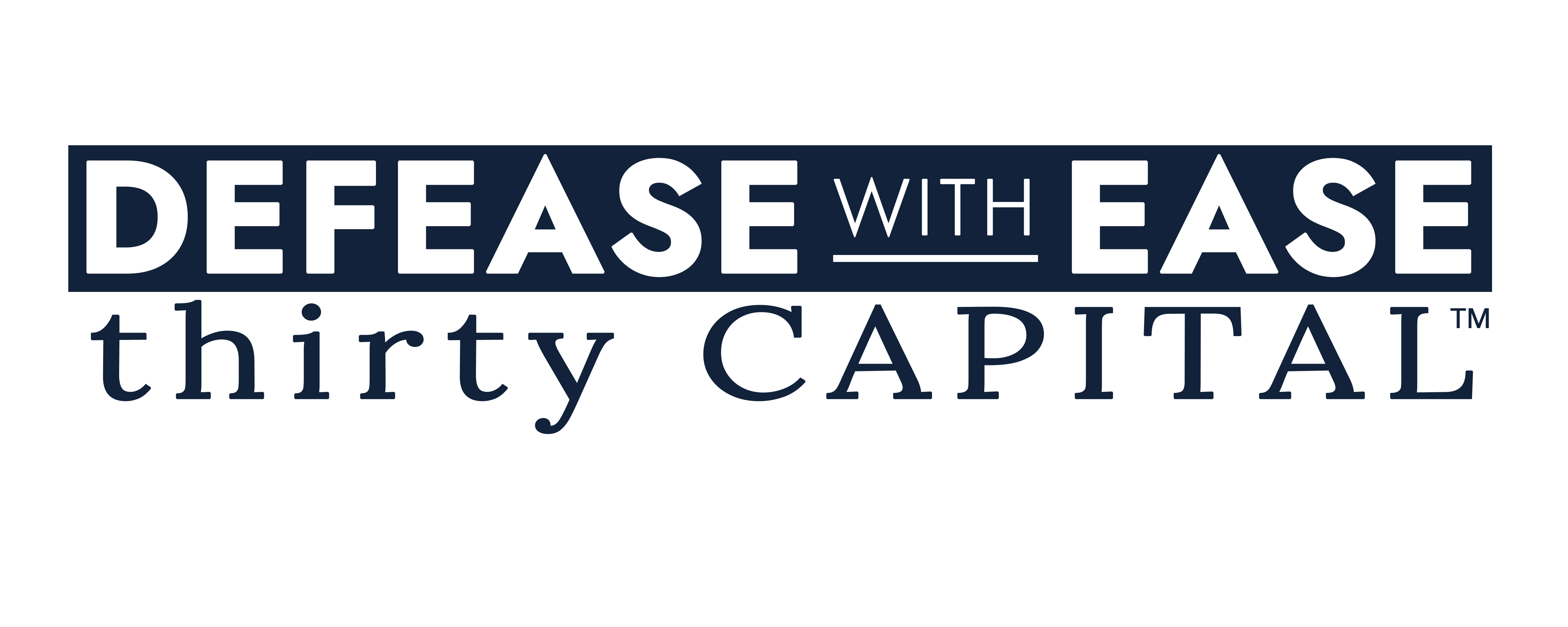Debt optimization is a critical aspect of managing commercial real estate (CRE) portfolios and assets. Even seasoned owners and decision-makers can misstep when structuring and managing debt, impacting cashflow, financial flexibility, and portfolio performance. While many CRE professionals are well-versed in debt management, fewer have a comprehensive understanding of the best practices and frameworks that drive true debt optimization. This article identifies common pitfalls and provides actionable strategies to help align financing decisions with long-term investment goals.
Pitfall 1: Misjudging Loan Terms and Repayment Schedules
One of the most costly mistakes in debt optimization is selecting loan terms that do not align with an asset’s cashflow and investment horizon. Poorly structured debt can lead to refinancing risks, increased borrowing costs, and reduced financial flexibility.
For example, securing a short-term loan in a rising rate environment can result in costly refinancing under less favorable conditions. Similarly, loans with inadequate amortization periods may drive up debt service payments, squeezing cashflow.
How to Avoid It: CRE professionals should structure loan terms to align with an asset’s cashflow and investment horizon. Fixed-rate loans with longer maturities suit core assets where stability is the priority, whereas value-add strategies may benefit from shorter-term, interest-only (I/O) financing. Amortization schedules also play a key role—longer periods enhance liquidity, while shorter ones accelerate equity buildup but can put pressure on cashflow. A well-structured loan balances these factors to support financial sustainability. Working closely with lenders to negotiate prepayment or refinancing terms can provide additional flexibility, helping investors adjust to changing market conditions.
Pitfall 2: Failing to Account for Interest Rate Risks
Interest rate fluctuations are one of the most significant risks CRE owners and decision-makers face. Many mistakenly assume rates will remain stable or that refinancing will always be an option, leaving them vulnerable to rising borrowing costs and declining property values.
Floating-rate loans can expose individuals to unexpected payment increases, impacting net operating income (NOI) and overall investment returns. A miscalculated approach to interest rate exposure can erode profits and force unfavorable portfolio adjustments. Additionally, CRE professionals often overlook how macroeconomic factors, such as inflation and central bank policies, influence rate movements, which can lead to unexpected cost escalations. 
How to Avoid It: CRE professionals should proactively assess their exposure to interest rate risk. Fixed-rate loans offer stability in volatile environments, making them suitable for assets with steady cashflows. Alternatively, floating-rate debt can be hedged using interest rate caps or swaps to limit exposure. Stress-testing different interest rate scenarios can provide a clear picture of potential financial impacts, ensuring assets can withstand rate fluctuations. Additionally, building a capital reserves strategy to cover unexpected cost increases can provide further protection against market uncertainty.
Want to dive deeper into the pros and cons of fixed- vs. floating-rate loans? Check out our blog: Commercial Real Estate Financing: Should You Choose a Fixed- or Floating-Rate Loan?
Pitfall 3: Overleveraging and Mismanaging Risk
Excessive leverage can amplify returns in strong markets but also increases financial vulnerability during downturns. Highly leveraged properties risk cashflow shortfalls, refinancing challenges, and potential loan defaults if market conditions shift.
Aggressive leverage can also limit strategic flexibility, making it difficult to capitalize on new investment opportunities or adjust to changing economic conditions. Many CRE owners and decision-makers underestimate the importance of maintaining liquidity buffers, which can act as a safeguard against economic downturns and unexpected expenses.
How to Avoid It: Maintaining a prudent loan-to-value (LTV) ratio is essential. While lenders may permit LTVs up to 75-80%, conservative individuals often target lower ratios to preserve liquidity. Equally important is monitoring the debt-service coverage ratio (DSCR). A DSCR of 1.25x or higher provides a cushion to absorb revenue fluctuations. CRE professionals should also consider structuring loans with flexible prepayment options to allow adjustments based on market conditions.
Pitfall 4: Failing to Monitor and Adjust Debt Positions
Debt optimization is not a set-it-and-forget-it strategy. Market conditions, interest rates, and portfolio objectives evolve, requiring regular debt reviews and strategic adjustments. Failing to track loan maturities can lead to missed refinancing opportunities or exposure to unfavorable market conditions.
CRE owners and decision-makers who do not reassess their overall debt structure may find themselves locked in suboptimal financing arrangements that constrain portfolio growth. A common oversight is neglecting to maintain relationships with multiple lenders, which can limit refinancing options in a tightening credit environment.
How to Avoid It: Proactive debt management and optimization should be a core component of portfolio oversight. CRE owners and decision-makers should conduct regular reviews of debt maturities, interest rate exposure, and refinancing opportunities. Engaging with debt advisors and capital markets professionals can provide insights into emerging trends and alternative financing structures. CRE professionals should also leverage financial scenario modeling tools to project cashflow and evaluate different refinancing strategies ahead of maturity dates.
Pitfall 5: Ignoring Market Cycles and Economic Conditions
CRE debt strategies should be informed by broader economic and market cycles. Failing to recognize how shifts in interest rates, capital availability, and property valuations impact financing decisions can lead to suboptimal outcomes.
For instance, securing high-leverage, floating-rate debt during an expansionary period may seem attractive, but it can become a liability if the market contracts. Conversely, missing the opportunity to lock in favorable long-term financing when rates are low can result in unnecessary cost burdens.
How to Avoid It: CRE professionals should integrate macroeconomic indicators and market trends into their debt strategies. Tracking factors such as Federal Reserve policy, credit spreads, and lender sentiment can inform more strategic financing decisions. Additionally, having contingency plans—such as maintaining liquidity reserves or diversifying capital sources—can provide flexibility to navigate different market conditions. Smart CRE owners and decision-makers also take advantage of counter-cyclical opportunities, such as acquiring distressed assets when financing costs are lower and valuations are more attractive.
Want weekly market insights? Subscribe to our Capital Market Minute and get expert updates delivered straight to your inbox.
Optimizing Debt for Long-Term Success
Effective debt optimization is key to maximizing returns and mitigating risks in CRE portfolios. By avoiding common pitfalls such as misaligned loan structures, interest rate exposure, and overleveraging, CRE professionals can enhance cashflow stability and portfolio resilience. Success lies in proactively assessing and managing debt by regularly reviewing financing structures, cashflow projections, and market sentiment.
If you would like to partner with a debt analyst to help assess and prioritize debt opportunities, we encourage you to schedule a complimentary strategy session with one of our capital market experts at Defease With Ease | Thirty Capital. Our experts are ready to offer personalized insights tailored to your portfolio needs and objectives.
 The Lobby AI Mobile App is here! In the field, in meetings, on the go: instant portfolio insights right on your phone.
The Lobby AI Mobile App is here! In the field, in meetings, on the go: instant portfolio insights right on your phone. 



